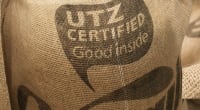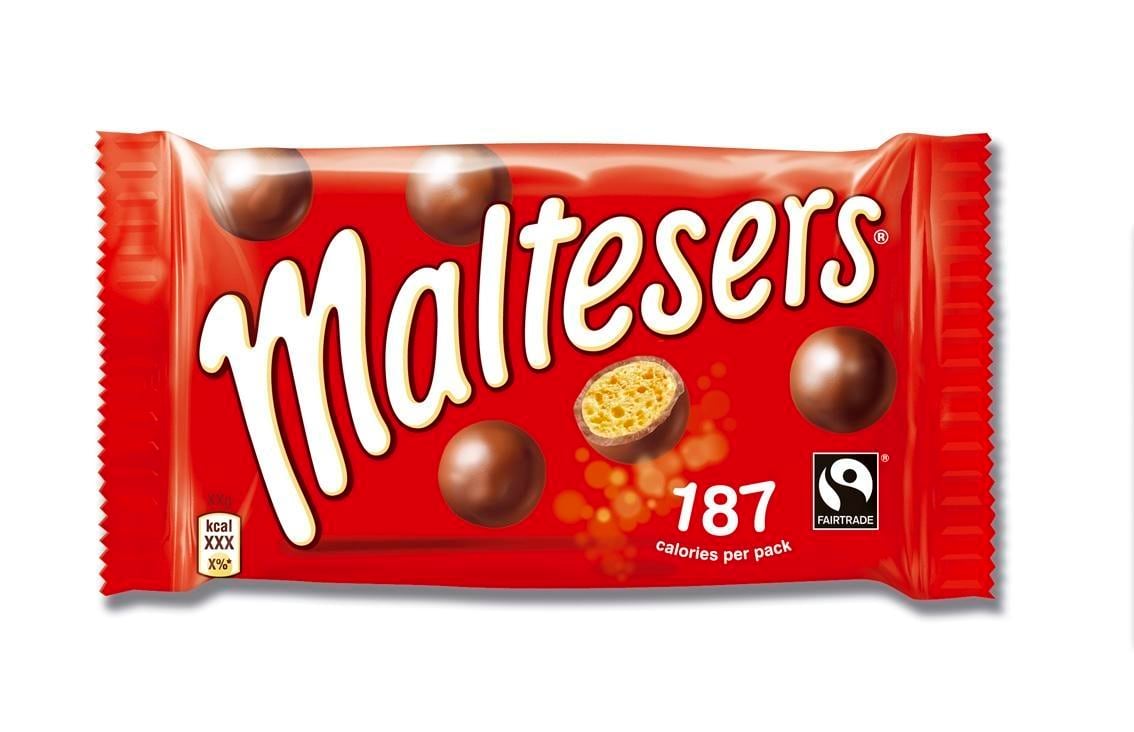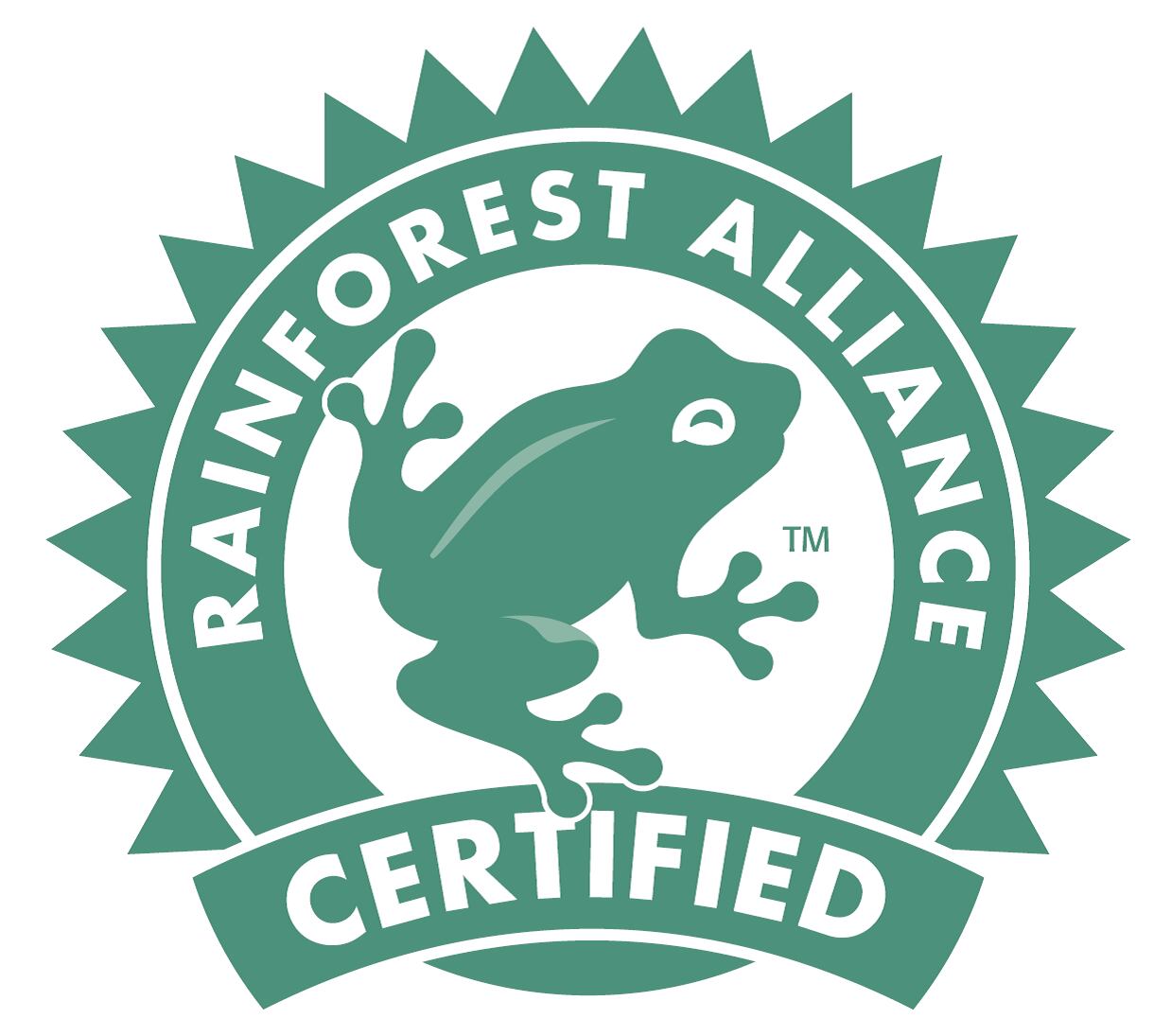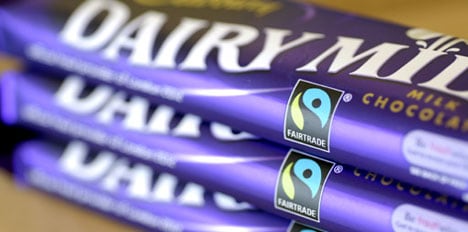Double certification on farms may in part explain the big disparity, but are farmers simply missing out on premiums and selling at the regular cocoa price?
Big names in the chocolate industry have made honorable commitments to buy certified cocoa by 2020, but right now many firms are ducking out of paying premiums at the expense of cocoa farmers, some of the poorest people on the planet.
Unless the industry steps up to buy the cocoa at a certified premium, farmers will be discouraged to invest in good farming practices to boost yields – and that’s bad news for the quality and global supply.
In 2012, just 35%* of certified cocoa by the big three certifiers, UTZ Certified, Rainforest Alliance and Fairtrade was sold as certified.
534,614 metric tons (MT) of cocoa was produced on UTZ terms but under a quarter, 118,641 MT, was sold as UTZ cocoa.
Cost of certification
Cocoa farmers can go for certification to command a better price for their beans. But before they get there they must pay for the privilege.
It takes farmers around a year to get certified, according to a study by KPMG, and costs around $110 plus $35 for general agricultural practices (GAP) training in the first year. The cost is mostly subsidized by third parties but farmers need to invest a lot of their time and time is precious when you’re in a profession where many make $1.25 a day, below the widely agreed threshold of absolute poverty.
“I have had an insight into each [certification organization],” said Kwame Asa Ofori, a 65-year-old cocoa farmer from Ghana, who has previously struggled to sell UTZ cocoa. “I’ve been told that: ‘No I can’t give you 10 ghana cedis (£2.65) for a bag of cocoa’ that I’d gone through all these seven years being an organic producer as well as Fairtrade.”
It’s a common scenario. At the World Cocoa Conference earlier this year, International Cocoa Organization’s (ICCO) executive director Jean-Marc Anga asked farmers struggling to sell certified cocoa to stand up. Dozens rose from their seats leading Anga to say that certification was sold to the world a panacea concept, but farmers were too often struggling to find a buyer.
Certified cocoa produced versus volumes sold
35% sold as certified in 2012
Farmers on certified farms are able to demand a premium for their cocoa beans – typically between $150 and-$200 per metric ton (MT) on top of the market price.
These premiums supplement the farmers’ income and studies suggest they are used to invest in farm productivity - something not to be shunned by a chocolate industry facing cocoa shortages.
Mars, Hershey and Ferrero have all pledged to source only third party certified cocoa from multiple organizations such as UTZ, Fairtrade and Rainforest Alliance by 2020. Mondelēz and Nestlé purchase some certified cocoa, but have also developed their own sustainability programs and labels. Combined, these five companies make up over 60% of the global chocolate market.
UTZ Certified

UTZ Certified sold 42% of cocoa produced on UTZ farms in 2013, which was a big improvement on the prior year.
Daan De Vries, markets director at UTZ said that multi-certification explained part of the problem, but added that under-demand from the chocolate industry was also to blame.
“Under-demand has occurred because there have been strong investments in supply, while the overall demand has not kept the same pace,” he said, adding that that companies must be more willing to pay premiums.
Barry Callebaut CEO Juergen Steinemann said last year that 12% of his firm’s total cocoa volumes now came from ‘sustainable’ sources such as Fairtrade and UTZ, but it was more than the market currently demanded.
Reykia Fick, media relations manager at Fairtrade said: “The question of why brands are not buying more of the available certified cocoa volumes is a question that would need to be put to the chocolate companies themselves.”
Industry perspective

We asked the US National Confectioners Association (NCA), but it said that although it had heard about the issue second hand, it had never learned why. It referred us to the World Cocoa Foundation.
Bill Guyton, president of the World Cocoa Foundation, an industry-led cocoa sustainability association whose members include Hershey, Lotte and Ülker, distanced his organization from certification.
“Our angle is not to train farmers up to be certified or not, it’s up to them to go down that path if they want to,” he told us at the World Cocoa Conference.
Nothing in CocoaAction, a recently launched WCF initiative backed by big players such as Mars, Mondelēz and Barry Callebaut, compels companies to buy only certified cocoa.
“Certification is something handled on a company-by-company basis because it’s part of the business of a company. Certification is a tool toward sustainability, it’s not an end,” said Guyton.
Rainforest Alliance

In 2013, Rainforest Alliance (RA) sold 48% of cocoa that was produced on RA terms, a few percentage points lower than the prior year.
Trisha Convey, communications assistant at Rainforest Alliance said that around 50% was “actually quite a healthy number”.
“Very few certified producers of any crop will sell all of their crop as certified. For some, they may have buyers already that are buying conventional cocoa and because of the consistency of those relationships, the coops may choose to continue to sell some of that as conventional. Additionally, there are a large number of farms that carry more than one certification.”
She added that some beans had quality defects from under or over-fermentation and would be unable to command a premium
“And finally, sometimes with market fluctuations, if the price rapidly rises to record highs, farmers may choose to sell off their beans very quickly, rather than wait even a few days for a certified buyer.”
Fairtrade: Lining up buyers

Fairtrade sold 39% of cocoa produced on Fairtrade terms in 2012. Kyle Freund, liaison manager & web editor at the organization said that FLO-CERT, which inspects and certifies producer organizations and audits traders, referred all cocoa producer organizations in West Africa interested in Fairtrade certification to a Fairtrade liaison officer so they understood that certification did not guarantee sales.
Previously, FLOCERT required producer organizations to have a letter of intent from a buyer before they would accept an application for certification.
“You don’t go into cocoa certification when you don’t have a buyer who you have brokered the relationship with,” said Vincent Frimpong Manu, Ghana program manager for supply chain advisor Solidaridad.
Is overreliance on premiums dangerous?
Isaac Gyamfi, director of Solidaridad Ghana, warned that the industry should not encourage farmers to become too reliant on premiums.
“Over time as mainstream cocoa becomes certified premiums may phase out, if not fully, will reduce substantially. So we should be careful that that doesn’t become a disincentive to the farmers too.”
He said the day farmers were not rewarded monetary incentives to maintain a tree, they would simply cut off the tree. “But if he knows the benefits of the tree to the ecosystem, which ultimately creates that microenvironment in which he can grow his cocoa then he is more motivated to allow those trees to sit on the farm.”
* Each certifier produces its own figures, which does not account for farms that are double or triple certified. This means the total could be higher than 35%
